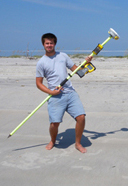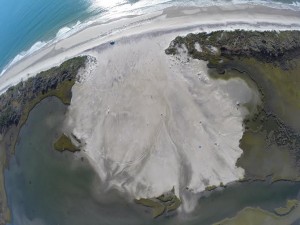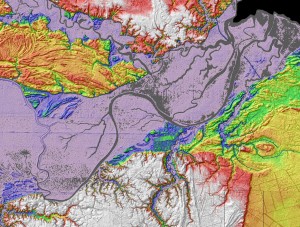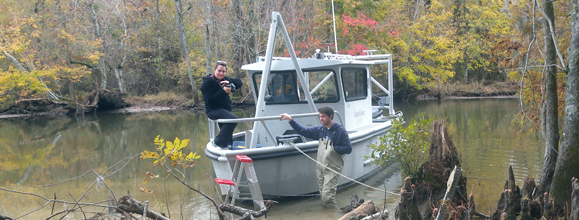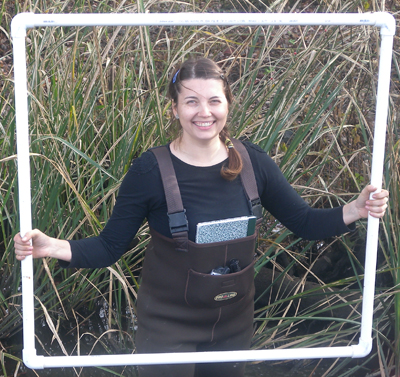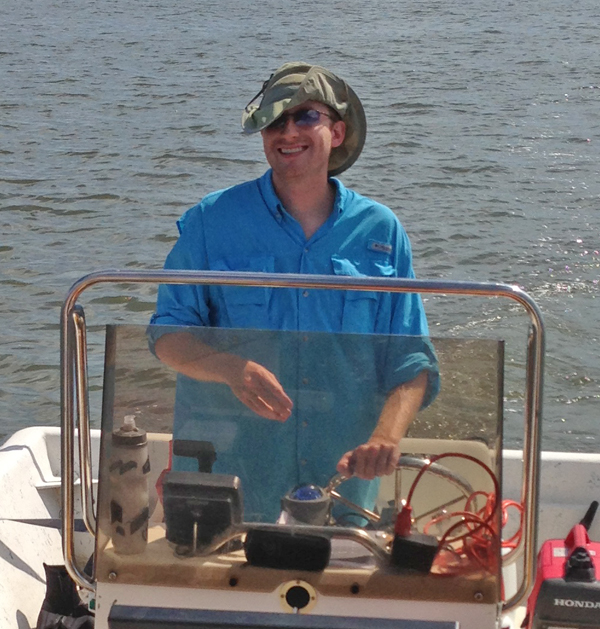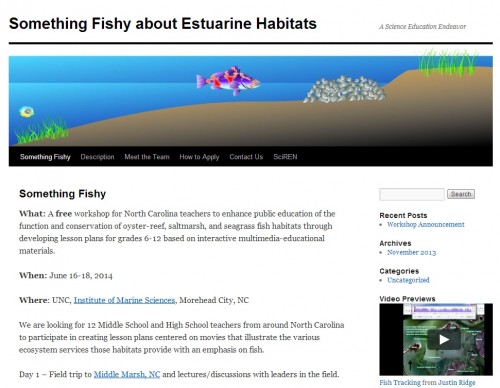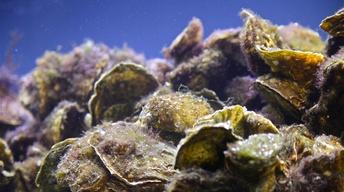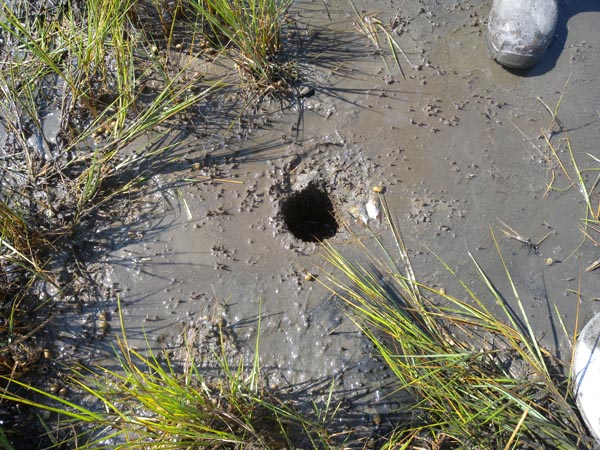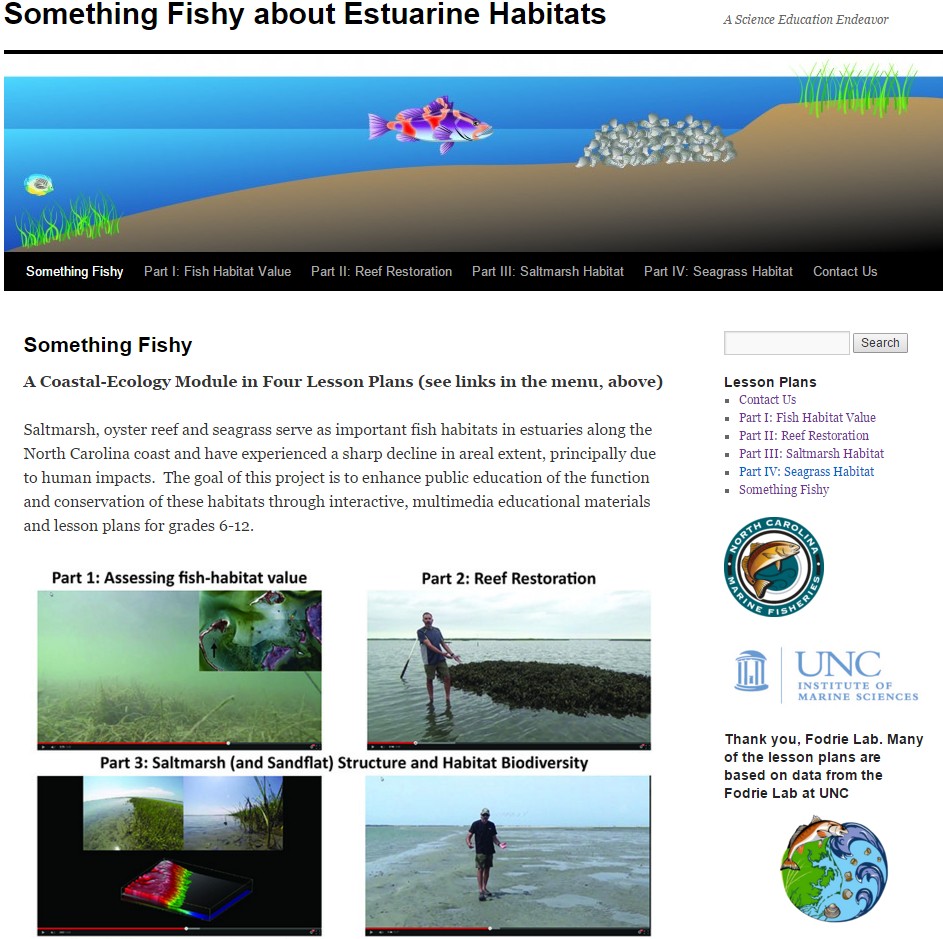Why is Ethan so happy? Well, he just published a new paper in Earth Surface Processes and Landforms entitled, “Evaluating proxies for estimating subaerial beach volume change across increasing time scales and various morphologies“. In the paper, Ethan critically evaluates proxies, such as changes in beach profiles and shoreline positions, which are commonly used in management and research for estimating changes in subaerial beach volume. He used terrestrial laser scanning data to create multiple high-resolution topography maps of beaches with variable morphology over a period of 3.5 years. Those maps were then used to compare the various volume-change proxies. This work is important because management decisions and research results may be adversely influenced by inaccurate depictions of beach volume change that were based on a proxy that is not well suited to that particular beach morphology or time frame of interest. Check out his paper online and don’t forget to look at supplemental information where all of the maps are displayed.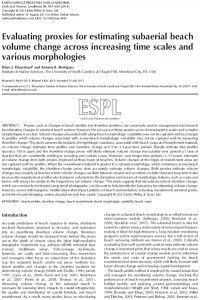
Contact Information
Important:
Commitments to diversity and inclusivity are fundamental to the Rodriguez Lab and UNC-EMES’s mission.

Not really what Core Banks looks like, but a fun sticker.
Lab Musings (mostly)
- RT @annesmileyy: The 2022 @UNC_EMES grad student retreat was amazing! Loved spending time outdoors with fellow students and learning about… 08:27:27 PM October 12, 2022 from Twitter for iPhone ReplyRetweetFavorite
- RT @susanalesecohen: Have you met @ENEC_UNC graduate student @AndrewZachman? He studies the impact of forest stand structure and fire freq… 08:12:33 PM September 13, 2022 from Twitter for iPhone ReplyRetweetFavorite
- RT @UNCims: Did you catch the first field site blog post? Check it out! Stay tuned for a new post later this week. 06:00:09 PM September 11, 2022 from Twitter for iPhone ReplyRetweetFavorite
Lesson plans for middle- and high-school teachers that focus on estuarine fish habitats can be found here.
-
Recent Posts
- Explaining the wide range of salt marsh carbon accumulation rates August 12, 2022
- Working with John Anderson for 30 years June 18, 2022
- Elevations where oyster reefs grow best increase as they age June 3, 2021
Archives
Meta

